What is ABA?
Applied behavior analysis (ABA) is therapy that improves quality of life through positive reinforcement. Many experts consider ABA to be the gold-standard treatment for children with autism spectrum disorder (ASD) and other developmental conditions. ABA encompasses a wide variety of techniques and structures that change depending on an individual’s needs and behaviors.
Learn more
❮
What we do
What ABA techniques Aim High Impact uses vary depending on the individual, but we always frame our therapy around discrete trials. This allows for a clear goal that is achieved through objective assessments and the knowledge that changes are not due to environmental factors. Other techniques that we use are discriminative stimulus, fluency based instruction, direct instruction, naturalistic teaching, incidental teaching, and pivotal response training.
❮
Discrete Trials
Discrete Trials is a method that encapsulates each test into discrete events that is able to be done intensively. Each trial starts by alerting the client to the task at hand. When the correct response is given, an incentive is given. Regardless of the response, it marks the end of a trial and there is a brief pause before the beginning of the next.
❯
How we help

Redirecting Problem Behaviors
Problem behaviors like aggression and running away reduces their access to social activities and increases their sense of isolation. It can even negatively impact health in some cases.
We show our clients another way to express their feelings that doesn’t conflict with their safety or ability to participate in communal activities. This can lead to new opportunities like going to a restaurant or a medical visit.

Improving Language and Communication Skills
Autism is closely related to having difficulty using spoken language. This can show itself with an inability to have conversations, having repetitive language, or not being able to effectively and accurately communicate their wants and needs.
We teach them a language that can be more easily understood by those less familiar with their natural language. This helps them to build relationships, increase engagement, and navigate conflicts.

Establishing New Behaviors
Individuals with autism can struggle with learning new behaviors that are essential for day to day living. Where most children will pick up skills like attention, focus, social skills, and memory passively from their environment, those with autism need to have such skills taught explicitly to them.
This results in them becoming more successful in both the short and long-term by achieving skills that foster independence.
